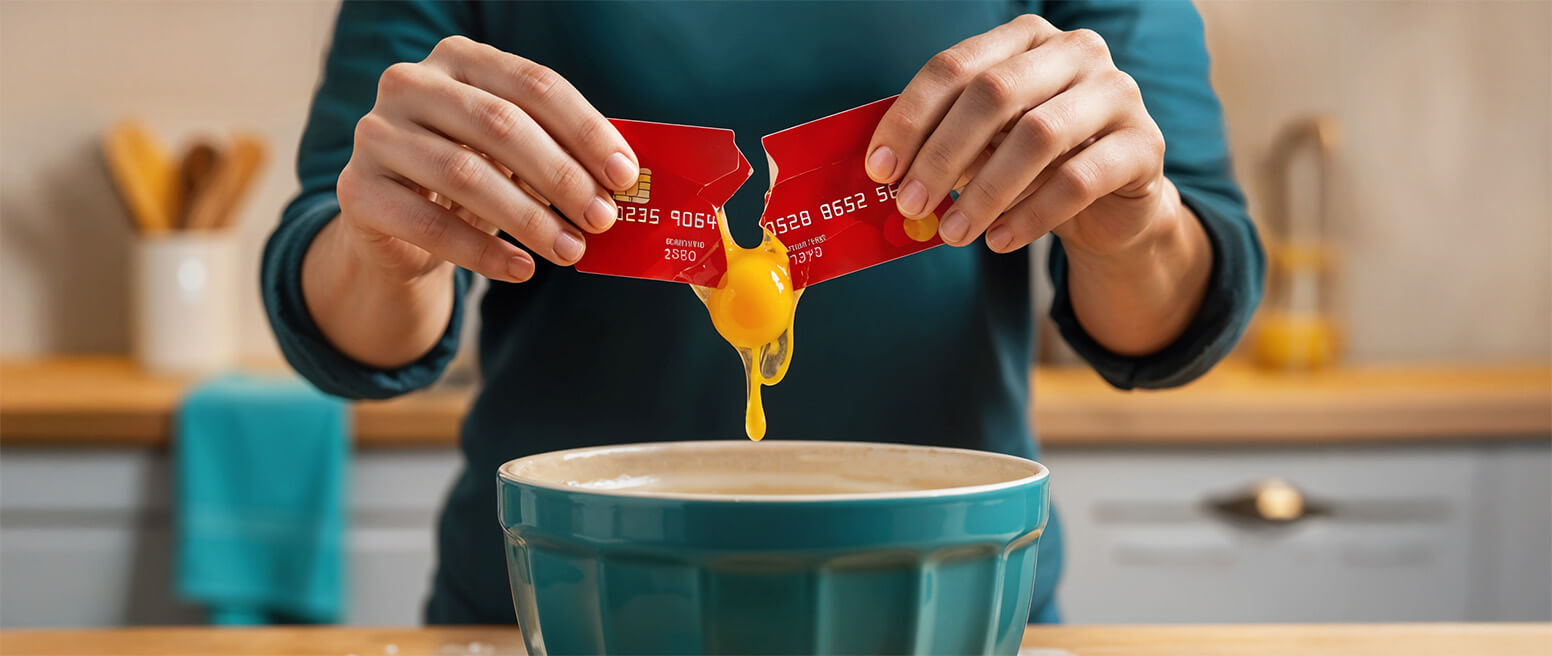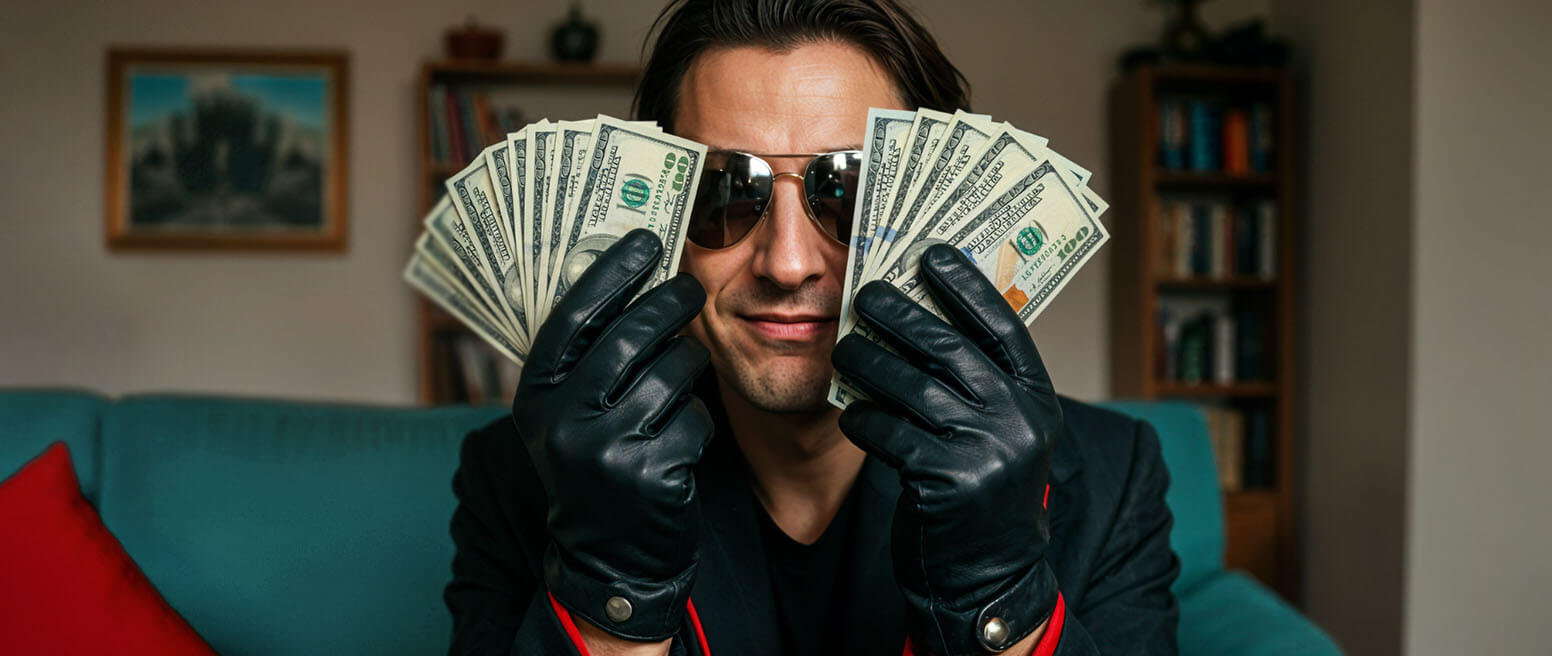Merchant Fraud: What Happens When Bad Actors Impersonate Legitimate Businesses?
When it comes to fraud, threats like identity theft tend to get most of the attention.
With all the hype surrounding consumer-side digital crimes, it’s easy to overlook other significant threats. Merchant fraud, for example, is one of the most common and costly causes of financial loss for acquirers. Of course, there could be damaging side effects for consumers and legitimate merchants, as well.
In this post, we’ll talk about what merchant fraud is, and explore some of the common ways it’s committed. We’ll also see why it matters to legitimate businesses, and what can be done to turn the tide.
Recommended reading
- Fake Google Reviews: How to Identify, Remove & Prevent
- The Top 10 Prepaid Card Scams to Watch Out For in 2025
- How do Banks Conduct Credit Card Fraud Investigations?
- How Card Cracking Works: Tactics, Red Flags & Prevention
- Credit Card Cloning: How it Works & How You Can Prevent It
- How Overpayment Scams Work: Signals, Examples & Prevention
What is Merchant Fraud?
- Merchant Fraud
Merchant fraud can refer to any situation in which a bad actor pretends to be a merchant, with the intent of committing fraud against either consumers or a financial institution.
[noun]/Mər • CHənt • frôd/Merchant fraud is sometimes referred to as “fake merchant fraud.” In reality, that’s a more accurate description.
As we’re talking about it here, merchant fraud does not generally involve legitimate merchants. Rather, the term refers to criminals who open bogus merchant accounts that allow them to accept credit card payments from victims.
When operating online, scammers enjoy anonymity and easy access to a global pool of potential victims. There’s also the ease with which one can create a fake storefront. All together, this means there is less investment — and less risk — involved in this type of card-not-present fraud scam.
How Do Merchant Fraud Scams Work?
Like most other scams, merchant fraud can be committed in a variety of ways. The basic steps, however, are usually the same.
First, the fraudster sets up a fake online store, advertising and selling goods that may or may not exist. Cardholders make purchases from the store, assuming that it’s legitimate. The crook then either pockets the funds, or uses the card numbers stolen from “customers” to make unauthorized purchases.

Of course, accepting payment cards requires a merchant account and some type of payment processor, though. This is why acquiring banks ultimately tend to be the hardest hit by merchant fraud scams, as we’ll see shortly.
These institutions perform due diligence to make sure they’re accepting merchant accounts only for authorized, verified businesses. Try as they may, however, scammers still manage to break through their fraud detection mechanisms from time to time, and establish accounts for fake businesses.
Cardholders have recourse to recover from scams, in the form of the chargeback process. Banks do not have this protection.
How Does Merchant Fraud Affect Different Parties?
Merchant fraud can be highly profitable for a fraudster. However, it can be devastating for the bank (and other businesses) on the opposite end of the scheme, as we see below:
In the end, merchant fraud hurts everyone except the transitory fraudsters. They will disappear at the first sign of trouble, but leave everyone else to end up paying the price for their activity.
Common Merchant Fraud Scams to Watch For
So, now that we’ve run down the basics of merchant fraud, let's look at some of the specific tactics these scammers employ.
Perhaps the simplest merchant fraud scam is what’s called a “swipe and snatch” scam. This involves a legitimate merchant, but an employee who handles customer credit cards processes the transaction but also copies the card information. This usually involves some type of card reader or skimmer. However, it’s technically possible to just write the cardholder information on a piece of paper.
Once they have the information, they can use it to make online purchases, or resell the information (which helps prevent the crime from being tracked back to them). A favorite trick is to use the stolen info to purchase gift cards, which are nearly untraceable.
Stealing card numbers may work for small-time fraudsters. However, larger operations use techniques that have a wider reach. That usually means setting up a fake store online and obtaining a merchant account that allows them to accept credit cards.
The business must look legitimate to be approved for a merchant account, so criminals go to great lengths to make their phony websites look real. Fraudsters have even been known to create dummy consumer accounts for non-existent cardholders and use those to complete purchases with their fake store – all to make the business look legit.
Some commonly-used merchant fraud tactics include:
Two Key Facets of Merchant Fraud Prevention
When it comes to fighting merchant fraud, the only real defense is vigilance. Acquiring banks, vendors, and legitimate merchants must perform due diligence in two key areas to avoid the risk of accidentally abetting fraudsters:
A Final Word
Both acquirers and merchants have an obligation to do whatever they can to ensure that sensitive customer data is protected. For banks, vendors, and merchants especially, this means knowing your partners to keep from getting caught up in fraudulent activity.
The number of merchant fraud instances increases with each passing year. It’s important for all stakeholders to mitigate their risk using stringent security systems. But, like we said, this demands careful monitoring and analytics.
Having trouble establishing good fraud data benchmarks? Or, does fraud and chargeback risk detection analysis seem like too daunting a task? Not a problem — the experts are on the job.
Contact Chargebacks911 today. We can help mitigate fraud risk and let you get on with growing your business.
FAQs
What is merchant fraud?
Merchant fraud can refer to any situation in which a bad actor pretends to be a merchant, with the intent of committing fraud against either consumers or a financial institution. Most often, these are acts perpetrated using a merchant account that was either gained through deception or is used in a fraudulent manner.
How do you identify merchant fraud?
Detecting merchant fraud requires careful relationship monitoring, data analytics, and automation on the part of banks.
A fraudulent business must look legitimate to be approved for a merchant account, so criminals go to great lengths to make their phony websites look real. Fraudsters have even been known to create dummy consumer accounts for non-existent cardholders and use those to complete purchases with their fake store – all to make the business look legit. Piercing these veils is not easy.
What are the types of fraud facing merchant banks?
Bust-out fraud, transaction laundering, and identity swaps are all common schemes fake merchants use to defraud acquirers. However, these represent only a share of merchant fraud scams, as new tactics emerge constantly.
How do I report a merchant for credit card fraud?
The best way to report suspected cases of merchant fraud is to contact the Federal Trade Commission.














